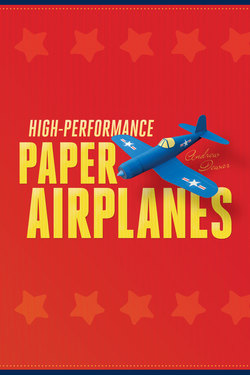Читать книгу High-Performance Paper Airplanes - Andrew Dewar - Страница 7
На сайте Литреса книга снята с продажи.
ОглавлениеHand-Launching Your Planes
Once you have test flown your airplanes indoors, try taking them to the park and flying them outside. You should wait for a calm, dry day, and look for a grassy area, as large and obstacle-free a park as you can find. Be sure you are permitted to fly there! Start by hand-launching your planes before trying out the catapult. Here is how to do it.
Check the wind direction
The planes will drift downwind as they circle, and the longer they fly, the farther they will go. So always start your flights at the upwind side of the field, and return there each time before flying again. Launch your plane into the wind and it will climb much better. But if the wind is too strong or too gusty, it’s better to call it a day than risk losing the plane.
Holding the plane
The best way to hold the planes for a strong launch is to grip the nose with your thumb and ring fingers, while resting your index and middle fingers at the back of the wings. This will support the plane while you give it a good push.
Flight safety
Your paper airplanes will fly much faster and farther than you expect. And they can be dangerous if they hit people. Never fly close to trees and power lines, or climb into them to retrieve your plane; the danger isn’t worth it. Stay away from roads and cars. And never, ever point the planes at people or animals. I also recommend wearing glasses or sunglasses and a hat when flying your planes, for your own safety.
Throwing the plane
Hold the plane so it is banked out slightly, and give it a firm throw. Give it a push with your fingers, but be careful not to twist your wrist. Slow and smooth is better than a violent snap. And don’t forget the follow-through.
